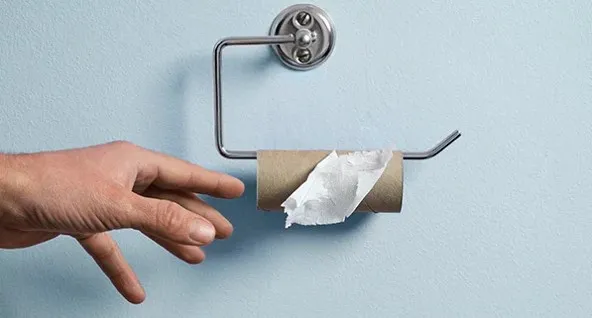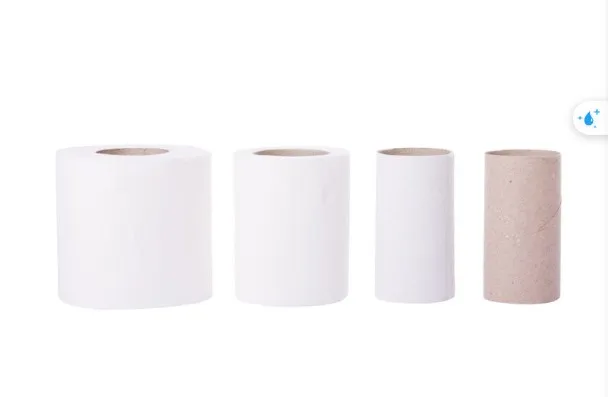Customers have noticed that US toilet rolls have become smaller over the years. Many wonder why this change has happened.
In recent years, many consumers have noticed that toilet rolls in the US are noticeably smaller than they used to be.
This change has led to a lot of confusion and questions from customers.
The shrinking size of toilet rolls is not just a random change but the result of various factors related to economics, manufacturing, and consumer behavior.

Why have US toilet rolls shrunk in size over the years?
The primary reason behind this change is economic in nature.
Faced with rising production costs and a competitive market, manufacturers have sought ways to cut costs and maintain profit margins.
One strategy they have employed is to reduce the overall size of toilet rolls while keeping the price relatively stable.
This downsizing has been displayed in several ways.

Firstly, the diameter of the rolls has decreased, with many now measuring around 4 inches instead of the more traditional 4.5 inches.
Additionally, the length of the rolls has been shortened, with some now offering only 150 sheets per roll, compared to the 200-sheet rolls that were once the industry standard.
Another factor contributing to the toilet rolls’ size reduction is the practice of “shrinkflation.”
Shrinkflation occurs when products decrease in size or quantity while their prices remain the same.
This method allows manufacturers to quietly adjust prices without is not limited to toilet rolls but is also seen in other products, such as snacks and household goods.
For toilet paper, this often means that the rolls contain fewer sheets or that each sheet is smaller.

Consumer preferences and habits also play a role in the change in toilet roll size.
Many people now use toilet paper more efficiently, leading manufacturers to adjust the size of rolls to match modern usage patterns.
Additionally, there has been a trend towards producing toilet paper with softer and more absorbent qualities.
To achieve these features, manufacturers might use different materials or adjust the roll size to balance performance and cost.
Environmental considerations are another reason behind the size reduction.
As companies become more aware of their environmental impact, they seek ways to reduce waste and resource consumption.
Smaller rolls can mean less packaging waste and a reduction in the overall amount of paper used.

The change in size has not been universally accepted.
Some consumers feel that the smaller rolls offer less value for money.
They argue that they need to purchase toilet paper more frequently, which can be inconvenient and increase overall costs.
Despite these concerns, manufacturers argue that the changes in size are necessary to keep up with economic pressures and consumer demands.
They emphasize that the quality and functionality of the product remain the same, even if the roll size has decreased.
Many companies have invested in improving the softness and strength of their toilet paper to ensure that customers continue to get a satisfactory experience.